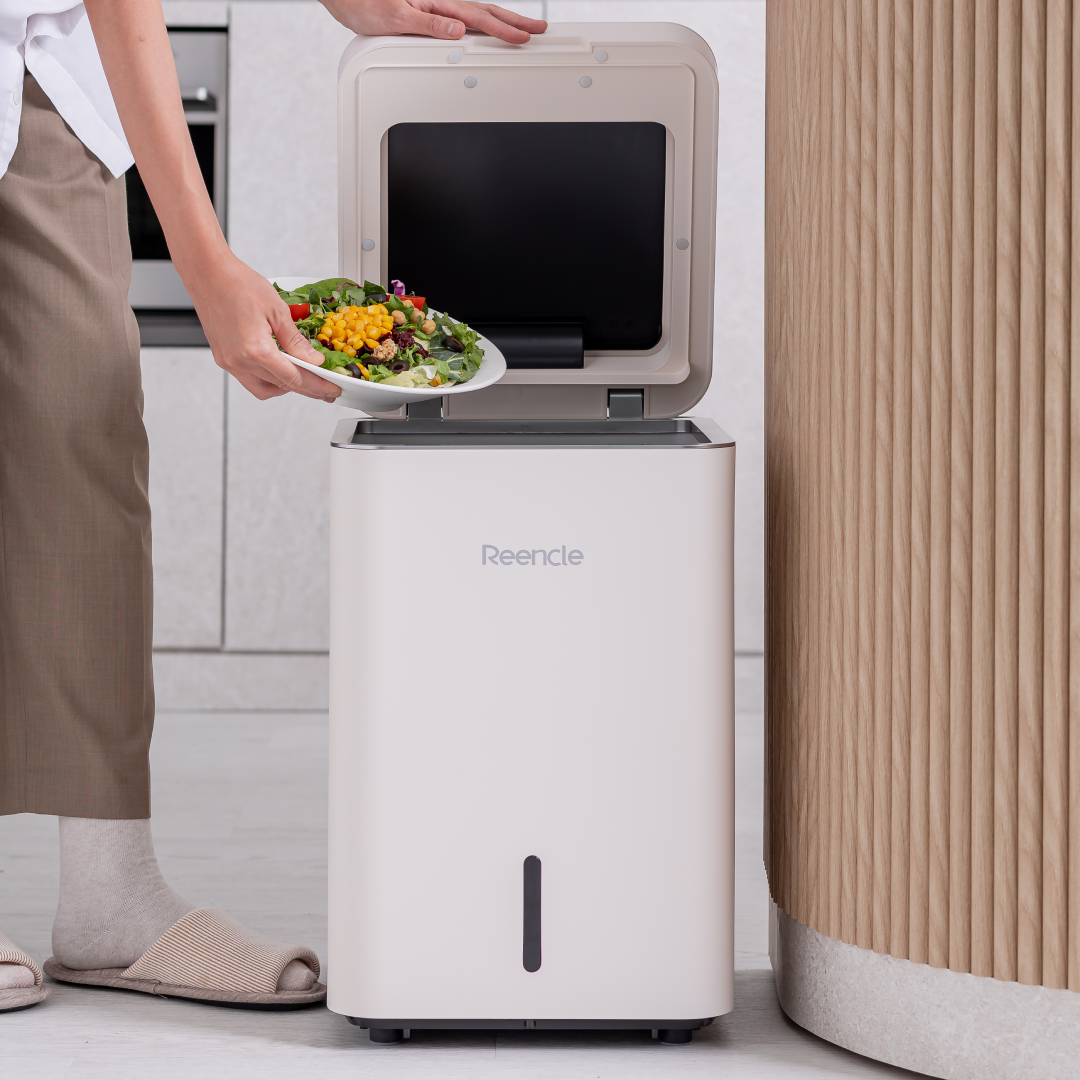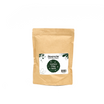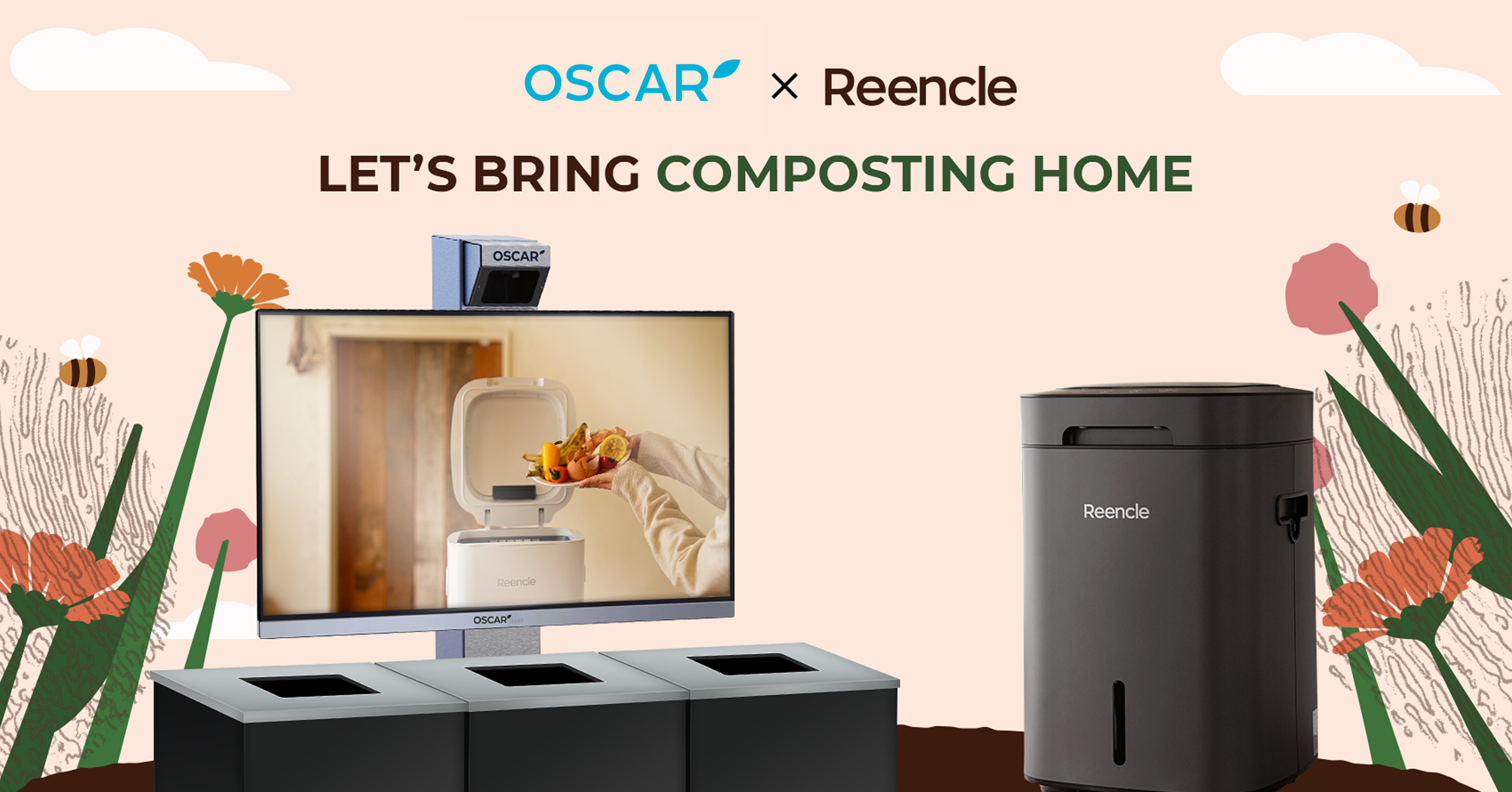Selecting the Right
Activated Carbon for Composting

Turning kitchen scraps and yard waste into nutrient-rich compost is a rewarding practice that benefits both our gardens and the environment. However, the decomposition process can sometimes bring unwelcome odor, attracting unwanted pests and causing discomfort. This is where activated carbon steps in, offering a potential solution to keep your compost pile smelling fresh and functioning optimally.
But, choosing the right one can be daunting with various types and sources of activated carbon available. This guide aims to demystify the world of activated carbon and equip you with the knowledge to select the perfect fit for your composting needs.
Understanding the Power of Activated Carbon
Activated carbon is essentially charcoal that has undergone special treatment, creating millions of tiny pores on its surface. These pores act like microscopic sponges, attracting and holding various molecules, including those responsible for unpleasant odors. This makes it a valuable tool for odor control in various applications, including composting. There are several types of activated carbon, each with unique characteristics:
● Wood-based: Produced from wood sources, this type of activated carbon is widely used in composting. It is known for its versatility and affordability, making it a popular choice for various composting applications.
● Coconut shell-based: Derived from coconut shells, this type of activated carbon is known for its high adsorption capacity. It is environmentally friendly and suitable for composting systems with a focus on sustainability.
● Coal-based: Although less common due to environmental concerns, coal-based activated carbon is still used in certain composting scenarios. Considering the sustainability and potential contaminants associated with coal-based options is essential.
● Nutshell Activated Carbon: Activated carbon derived from nutshells, such as walnut or almond shells, is another eco-friendly option. Nutshell-activated carbon has excellent adsorption properties and is suitable for composting organic waste.
The size and shape of activated carbon particles play a crucial role. Finer particles have more surface area, leading to better absorption, while larger ones offer better aeration in the compost pile.
Benefits of Activated Carbon in Composting
Activated carbon offers several potential benefits for compost:
● Odor Control: Activated carbon, with its sponge-like network of pores, effectively traps and neutralizes unpleasant odors in your compost bin. By absorbing and locking away odor-causing molecules, it keeps your compost pile smelling fresh and pleasant.
● Moisture retention: Activated carbon's porous structure helps retain moisture in the compost pile, which is essential for microbial activity and decomposition.
● Improved aeration: The larger particles create air pockets within the compost, promoting oxygen flow and preventing anaerobic conditions that produce unpleasant odors.
● Pollutant adsorption: Activated carbon can trap and remove pollutants like heavy metals and pesticides from your compost, leading to safer and healthier soil.
● Increased microbial activity: Some studies suggest activated carbon can stimulate beneficial microbes in the compost, potentially accelerating decomposition.
Factors to Consider When Selecting Activated Carbon
Understanding the key factors that play a pivotal role in choosing the right activated carbon for your composting needs is crucial. Consider the following factors:
● Particle Size and Surface Area : The effectiveness of activated carbon depends on its particle size and surface area. Finer particles and higher surface area enhance adsorption capacity. Consider the specific requirements of your composting system when choosing the particle size of activated carbon.
● Adsorption Capacity : Different activated carbons have varying adsorption capacities for different substances. Assess the types of materials you are composting and choose activated carbon with the ability to adsorb the specific compounds present in your compost.
● Pore Structure : Activated carbon’s pore structure influences its adsorption capabilities. Micropores are effective for adsorbing small molecules, while meso- and macropores are suitable for larger compounds. Understanding the composition of your compost will guide you in selecting the activated carbon with the right pore structure.
● Source of Activated Carbon : Activated carbon can be derived from various sources, including wood, coconut shells, nutshells, and coal. Each source has its unique properties, and the choice depends on factors such as sustainability, cost, and specific composting requirements.
● Compatibility with Composting Materials : It's essential to ensure that the selected activated carbon is compatible with the materials in your compost. Some materials may have a synergistic effect, while others might hinder the composting process. Consider conducting a small-scale trial to evaluate compatibility before large-scale implementation.
● Budget : Prices of Activated carbon vary depending on type and source. Set a realistic budget and explore options that fit your needs.
● Environmental concerns : If sustainability is important, consider eco-friendly options like coconut shell-based carbon and nutshell-activated carbon for your compost.
Tips for Application and Dosage
Applying activated carbon is simple: wear gloves and a dust mask to avoid inhaling fine particles, and sprinkle the desired amount directly onto your compost pile. Repeat as needed, typically every few weeks or when odors become noticeable. Remember that activated carbon is not a substitute for proper composting practices. Ensure proper moisture content (damp but not soggy), adequate aeration (turn your compost regularly), and a balanced mix of green and brown materials for optimal decomposition and odor control.
To maximize the benefits of activated carbon in composting, consider the following tips for application and dosage:
● Guidelines for Incorporating Activated Carbon : Follow guidelines provided by activated carbon suppliers for incorporating the material into your composting system. Consider factors such as mixing techniques and distribution to ensure even dispersion.
● Dosage Recommendations : Determine the appropriate dosage of activated carbon based on the volume of your compost. Conduct small-scale trials to fine-tune the dosage and observe the impact on odor control, nutrient retention, and overall compost quality.
Applying Activated Carbon Safely and Effectively
Applying activated carbon is simple: wear gloves and a dust mask to avoid inhaling fine particles, and sprinkle the desired amount directly onto your compost pile. Repeat as needed, typically every few weeks or when odors become noticeable. Remember that activated carbon is not a substitute for proper composting practices. Ensure proper moisture content (damp but not soggy), adequate aeration (turn your compost regularly), and a balanced mix of green and brown materials for optimal decomposition and odor control.
● Safety Precautions :
- Always wear gloves and a dust mask when handling activated carbon, especially the finer particles, to avoid inhalation.
- Store activated carbon in a cool, dry place away from moisture and sun light to prevent it from losing its effectiveness.
- Keep activated carbon away from children and pets, as it can be harmful if ingested.
- Dispose of used activated carbon responsibly. Consult your local regulations for proper disposal methods.
Conclusion
Activated carbon can be a valuable tool in your composting journey, helping you manage odors, improve your compost pile's health, and potentially create a more nutrient-rich and sustainable end product. However, it's crucial to choose the right type for your needs. Remember, it's just one piece of the successful composting puzzle.
Start by experimenting with small amounts, observe your compost pile closely, and adjust your approach based on your observations and needs. By understanding the science behind activated carbon and utilizing it responsibly, you can turn your composting experience into a truly rewarding and sustainable endeavor.














